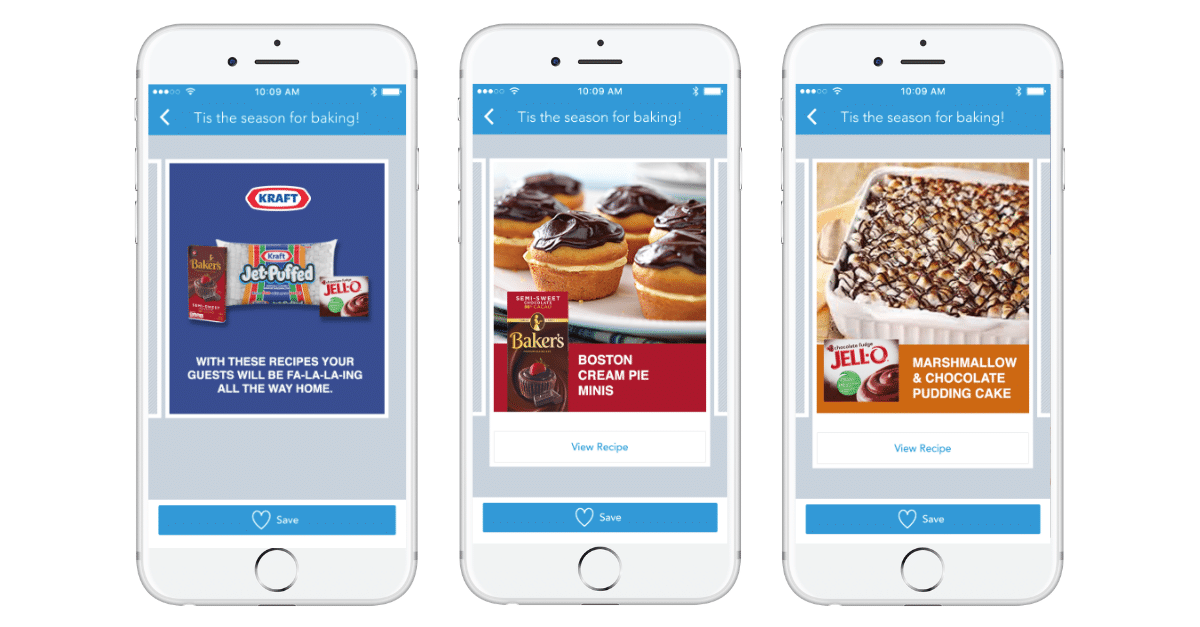Customer loyalty involves an ongoing, positive relationship between a customer and a brand or retailer. Loyal customers are invaluable, especially since 80% of a company’s revenue comes from 20% of their existing customer base. They also have a higher conversion rate—the probability of selling to an existing customer is 60% to 70%, while selling to a new prospect has a 5% to 20% likelihood. Plus, having a high percentage of return customers is great for employee morale, signifying that you’ve all worked hard to create a retail space that successfully engages consumers.
Repeat engagement is a significant factor in business growth, profitability, and long-term success. Loyal customers are worth about 10x their initial purchase, and just a 5% increase in loyalty can boost a business’ profits by 95%.
Loyalty is a worthwhile goal, but it’s easier said than done. You could have great individual products and best-in-class customer service, but can still fall flat in attracting repeat engagement. True loyalty can be thought of more as brand affinity, where people make a conscious decision to choose your brand consistently because they feel emotionally connected to your values and ideals, and trust that you can deliver what they need. A number of loyalty marketing variables can positively affect engagement and long-term business.
5 of the Most Impactful Customer Loyalty Marketing Variables
When deciding which customer loyalty marketing variables to focus on, you should focus on these five:
Customer Satisfaction
Customer satisfaction is one of the most important factors when creating long-lasting customer loyalty. With competition greater than ever, the experience you provide for your customers is critical. In fact, 81% of consumers are more likely to be repeat purchasers if they have a positive experience. If they have a negative experience though, 95% will stop buying from you altogether, and share their poor experience with friends and family.
Realistically, no matter how hard you and your employees try to create a perfect customer experience each and every time, there are bound to be instances where the interaction doesn’t go as planned. This doesn’t mean you lost the customer—yet. What then becomes important is how you handle the problem.
Perceived service quality carries as much weight as perceived product quality in the minds of consumers. Nearly half of customers will remain loyal after a bad experience. In fact, people who have had a bad experience that was resolved in a satisfactory manner are more loyal than customers who never had a problem. It all boils down to trust.
Trust
Trust is the belief that the business is credible, experienced, and will act in the customer’s best interest. Multiple positive engagements with a business can build trust over time. Businesses can also exude trust through their online content, media public relations, online reviews, testimonials, videos, partner associations, and years in service. It is also critical for brands to deliver on their promises and uphold their policies and offers.
Trusted brands have better relationships with their customers. One study found that three-quarters of consumers will actively recommend businesses they trust. They’ll be willing to pay premiums, try your new products first, and stick with your brand even as competitors rise in prominence and popularity.
When trust is established, the customer perceives congruent values and is more willing to engage in future dealings.
Self-Identification With Your Brand
Having strong values as a brand contributes to trust, transparency, and reputation, but it also matters to customers too. Self-congruence stands out as a preeminent factor in loyalty measurements. Customers form an emotional connection when their values mirror the brand’s values, image, and “personality.” In fact, 71% of consumers prefer to buy from brands that align with their values, and 64% of customers attribute these shared values to having a strong relationship with a brand.
Lifestyle and self-image can take a number of forms and may vary greatly across a brand’s audience. For this reason, marketers often focus on campaigns geared toward specific buyer personas.
Perceived Brand Value
Customers’ value perception is a necessary condition for developing brand loyalty, and a loyalty program is an extremely popular and effective way to increase a brand’s value. Sixty-nine percent of customers say brand/retailer choice is determined by where they can earn loyalty rewards.
With loyalty programs, value is demonstrated by: the cash value of rewards, choice of rewards, perceived likelihood of achieving rewards, and ease of use. Luxuries are valued higher than necessities in most programs, hence why boasting VIP services and free gifts can prove particularly effective. Joining a loyalty program can promote a sociable aspect and sense of community that enhances customer satisfaction.
Commitment
Commitment involves the willingness to expend maximum effort to maintain an ongoing relationship. Committed brands go out of their way to personalize communications and reach out with relevant promotions and information. They ensure that their customers will receive the same high-quality experience each time they interact with the brand. Commitment is fueled by ongoing benefits accrued through the relationship over time; the more favorable interactions a shopper has, the more the shopper feels trust, commitment, and loyalty.
Build Customer Loyalty and Drive Repeat Engagement With a Third-Party App
If you are looking to increase engagement and loyalty, partnering with a mobile app that people are already loyal to can improve your brand favorability. Shopkick is a leading mobile platform that rewards shoppers with “kicks” (rewards points) for engaging with partnering brands and retailers and completing various engagement-related activities, like: checking in at partnering stores, scanning the barcodes of select items, watching branded videos, browsing curated lookbooks, or making purchases—whether online or in-store.
Customers can then redeem accumulated kicks for gift cards of their choosing, which boosts goodwill toward brands they’ve already interacted with. Partners can effectively increase trial engagement and purchase consideration without slashing prices or eroding brand value. Associating with a well-established platform like Shopkick can increase trust and demonstrate a brand’s commitment to meeting shoppers’ wants and needs.
The key to repeat engagement is assuring shoppers they’ve gained a world of benefits by choosing your brand. Partnering with our interactive mobile shopping platform can help foster customer satisfaction, brand/customer alignment, and long-term loyalty.
Begin incorporating customer loyalty marketing variables that matter through a Shopkick partnership. Read our success stories or contact us to learn how to become a partner and start driving repeat engagement.






